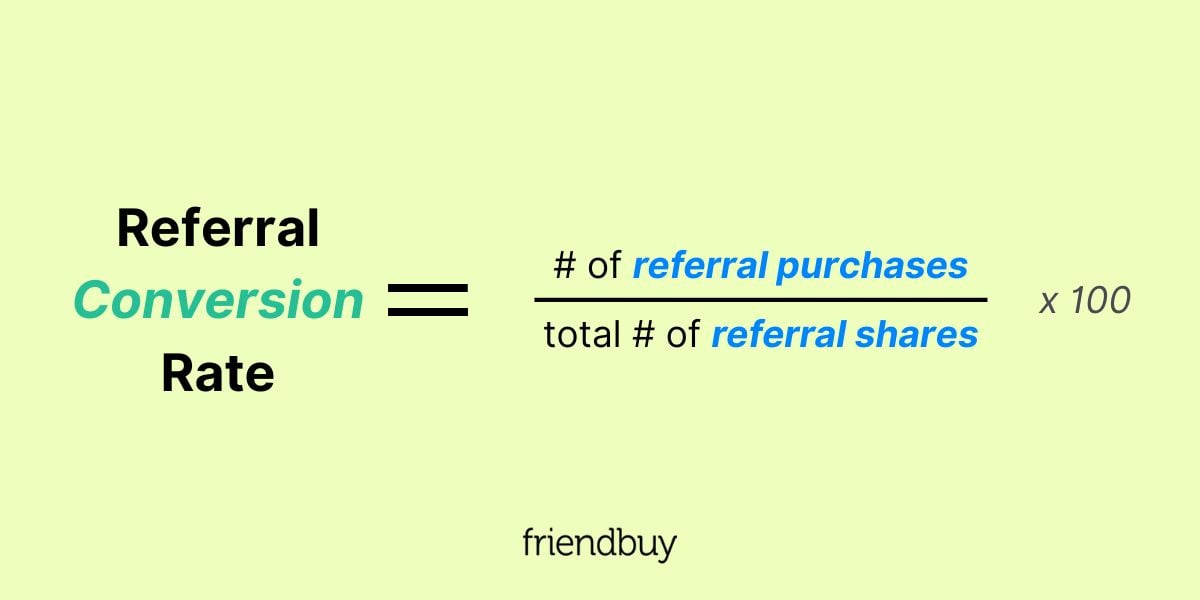Do you want to understand the value of a company’s stock compared to its earnings? Calculating the Price-to-Earnings (P/E) ratio can help you make informed investment decisions and evaluate the performance of a company. In this article, we will guide you through the process of calculating the P/E ratio and provide you with a free calculator to simplify the task.
Understanding the Core Concept
The Price-to-Earnings (P/E) ratio is a financial metric used to evaluate the valuation of a company’s stock. It indicates how much investors are willing to pay for each dollar of a company’s earnings. A high P/E ratio suggests that investors expect higher earnings growth in the future, while a low P/E ratio may indicate undervaluation of the stock.
Formula
Real-World Example
Let’s say Company ABC has a stock price of $50 per share and earnings per share of $5. By applying the formula, the P/E ratio would be calculated as follows:
P/E Ratio = $50 / $5 = 10
This means that investors are willing to pay 10 times the earnings per share for Company ABC’s stock.
“Understanding the Price-to-Earnings ratio is crucial for investors to make informed decisions about stock valuation and potential growth.” – Financial Expert
Real-World Applications
By calculating the P/E ratio, investors can compare the valuation of different companies within the same industry or sector. It helps in identifying overvalued or undervalued stocks and provides insights into market expectations for future earnings growth.
Actionable Steps
- Research the current stock price and earnings per share for the company of interest.
- Apply the P/E ratio formula to calculate the valuation of the stock.
- Compare the P/E ratio with industry averages or historical data to assess the stock’s performance.
Key Takeaways
- Price-to-Earnings (P/E) ratio measures the valuation of a company’s stock.
- A high P/E ratio indicates growth expectations, while a low ratio may suggest undervaluation.
- Comparing P/E ratios helps in evaluating stock performance and market expectations.
Related Terms
- Market Capitalization
- Dividend Yield
- Return on Equity
Common Mistakes to Avoid
- Ignoring industry benchmarks when interpreting the P/E ratio.
- Not considering other financial metrics along with the P/E ratio for comprehensive analysis.
- Overestimating the importance of a single ratio in investment decisions.
Common Myths Debunked
- Myth: A high P/E ratio always indicates an overvalued stock.
- Myth: A low P/E ratio always represents a good buying opportunity.
- Myth: P/E ratio alone can predict future stock performance accurately.
5+ FAQs
Question 1: How can I find the current stock price and earnings per share?
Answer: You can check financial news websites, company reports, or brokerage platforms for this information.
Question 2: Is a higher P/E ratio always better for investing?
Answer: Not necessarily. It depends on the company’s growth prospects and industry comparisons.
Question 3: Can the P/E ratio fluctuate over time?
Answer: Yes, the P/E ratio can change based on market conditions, earnings performance, and investor sentiment.
Question 4: How often should I calculate the P/E ratio for a stock?
Answer: It’s recommended to monitor the P/E ratio regularly, especially during earnings seasons or significant market events.
Question 5: Does a negative P/E ratio indicate an undervalued stock?
Answer: A negative P/E ratio may signal financial distress or loss-making status, so caution is advised when interpreting such cases.
Do you want to make smarter investment decisions? Contact us for expert guidance on utilizing the Price-to-Earnings ratio effectively and optimizing your portfolio. Reach out via email or phone provided on our website.

